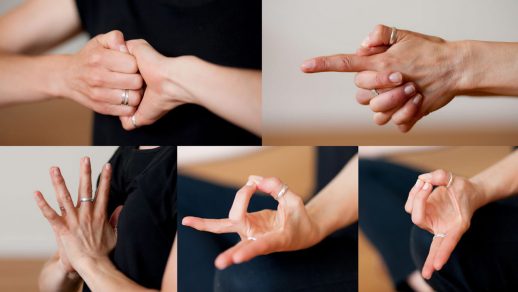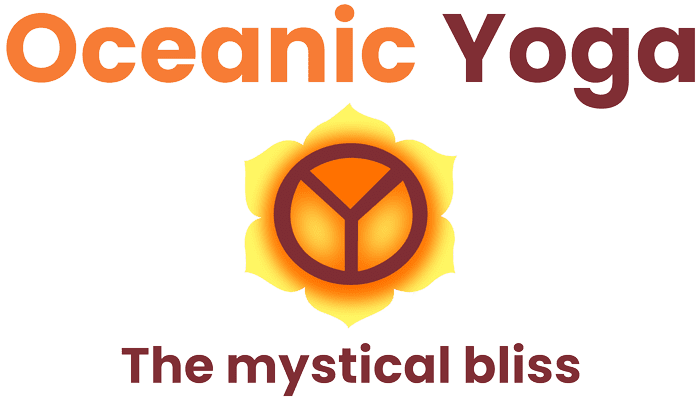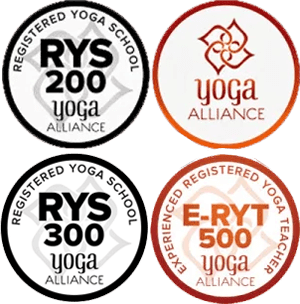As a part of physical wellness, many people are turning towards the practice of yoga. A key part of yoga practices is using mudras, or “gestures.” These gestures can help increase energy, balance your body and mind, and strengthen your body. Many of these yoga mudras are based on essential oils, as well.
Oceanic Yoga, a Yoga School in Goa offers hour-long teacher training courses that will help you improve your skills as a yoga teacher. The courses are designed to give you the knowledge and skills you need to teach yoga effectively
Also Read: Certificate in Yoga Courses
Introduction: What are Yoga Mudras and the Benefits of Practicing them

Yoga Mudras are a form of meditation used in conjunction with asanas. They are Finger postures that can help to calm the mind and improve concentration. There are many different Yoga Mudras, but some of the most common include the Crow Pose, the Fish pose, and the Half moon pose.
Some of the benefits of practicing Yoga Mudras include: improved circulation, increased flexibility, decreased stress, improved focus and concentration, and improved sleep quality. If you’re looking for ways to improve your physical and mental health, adding Yoga Mudras into your routine is great. As you become more practiced, you will find more and more benefits.
How to Practice YM and What are the Benefits of This
If you’re looking to add some physical and mental relief, you need to start practicing yoga mudras. These hand gestures have been used for centuries to promote physical, mental, and spiritual well-being. Here are five easy-to-follow tips on how to practice yoga mudras:
- Start with the most basic pose – The beginner’s pose (Padmasana) is a great place to start because it stretches all of your body. Sit on the ground with your legs folded in front of you, feet together. Place your palms on the floor on either side of your hips, shoulder-width apart. Lift your chest and tilt your head back so that your chin is resting on your upper hands. Keep your spine straight and press down through your heels to lift yourself into the pose. Hold for 30 seconds before lowering yourself back down onto the floor.
- Get more creative with side poses – To work each muscle in your body, it’s important to do variety in your yoga practice. One way to do this is by doing side poses. For example, try kneeling in a child’s pose (Adho Mukha Svanasana), standing behind yourself in a cat/cow (Cat/Cow Pose), or standing shoulder-width apart in a mountain pose (Tadasana). Another great way to mix it up is by doing lunge poses on one side of your body, then the other. For example, place one hand on a wall and the other on your knee for supported lunge poses (Virabhadrasana I & II), and place your hands down so that they’re touching at one point.
- Get creative with forwarding folds – There are many different variations of forwarding folding postures, and they will help you strengthen all of your muscles. Try practicing a few different types to create balance in your practice, such as Warrior III (Ustrasana)
Major Yoga Mudras
Anu, Apa, Apasara, Ardhchandrakrani Asana, Bhujagatikaranthi, Bhurshidakarna Kati
Mudras are hand gestures used in yoga to increase the focus and concentration of the practitioner. There are a few major mudras used in most yoga classes, and they can have a big impact on your practice. Here are the five most popular mudras, along with their meanings and benefits:
Anu Mudra: The anu mudra is often used in meditation and is thought to promote the stillness of the mind. It is performed by placing the two hands together in front of your chest, facing up your palms.
Apa Mudra: The APA mudra is thought to calm and soothe emotions. It is performed by placing the two hands together just below your navel, facing down your palms.
Apsara Mudra: The apsara mudra stimulates energy circulation and promotes vigor. It is performed by placing the two hands together at shoulder height, with your palms facing each other.
Ardhchandrakrani Asana: The ardhchandrakrani asana is a seated pose that strengthens the back and spine. Sit upright with your legs extended out straight in front to perform it.
Bhujagatikaranthi AsanaTo do the Bhujagatikaranthi Asana, start by sitting on the ground with your legs spread wide apart. Bend your knees so that your feet are resting on the opposite thighs. Lift your upper body off of the ground, and place your hands on your calves or ankles for support. Inhale deeply through your nose, and then exhale through your mouth as you press your hips forward and lift your chin up. Hold this position for a few seconds before gradually lowering your torso back to the ground.
Bhurshidakarna Kati: It helps to open the chest and lungs, and is beneficial for workouts overall. This mudra helps to calm the mind and clear away distractions. The final mudra is the Chakrasana, which balances the energy within the body.
Minor Mudras: Dhruruhllel Danda, Masharangamata, Sarvanga Band
If you’re looking for a way to calm your mind and focus, you should try out some of these minor mudras. Dhruruhllel Danda is a hand gesture that symbolizes the lotus flower is opening its petals. Masharangamata stimulates the Third Eye and is often associated with psychic abilities. Finally, Sarvanga Band is used to promote spiritual growth and balance.
A mudra that is used to regulate breathing and help you relax is one of the most powerful things you can do right now. It helps your body to relax through deep breaths. This mudra increases tension and causes you to feel energized as your breath flows through your body in a rhythmic pattern that moves from top to bottom. The more often you practice this mudra, the easier it will become for you.
If you’re looking for a 200 Hour Yoga Teacher Training in Goa that will help you deepen your practice, look no further than Oceanic Yoga. We offer hour-long teacher training courses in Goa that will teach you the basics of yoga mudras and meditation. Our classes are designed to help you develop your own practice, so you can explore the many depths of yoga.








